How to pronounce agneau
Do you find the information below useful? If you do, you can get guides like it for 1,000+ French words by downloading this app for your iPhone or iPad.
| l | 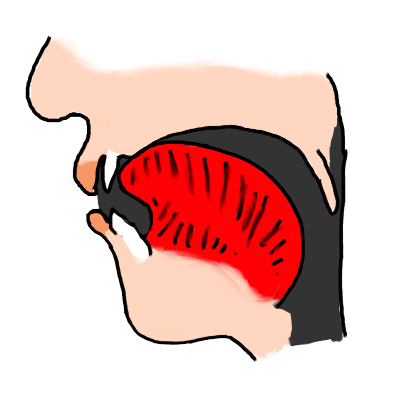 | The French 'l' is similar to the 'l' in English "with Lee". The tongue tip usually touches the back of the upper teeth. It is also a so-called "clear" l: in other words, you don't raise the back of your tongue as you pronounce the French 'l', as occurs in some cases in English. | |
| a | 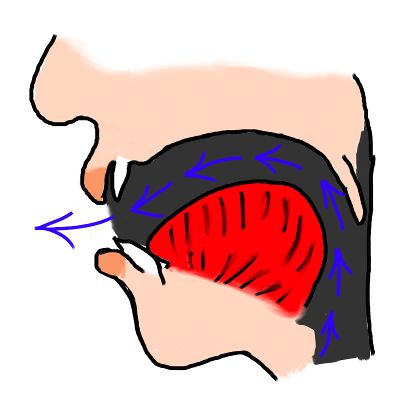 | The French 'a' vowel is pronounced with the tongue far forward in the mouth and the mouth quite wide open, but not quite as open as for a typical English 'a' vowel. | |
| n | 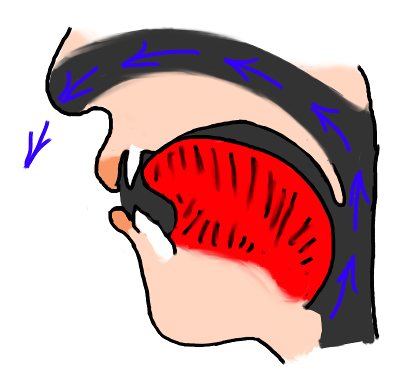 | The French 'n' sound is similar to the 'n' of English "tenth", i.e. pronounced with the tip of the tongue touching the upper teeth. | |
| j | 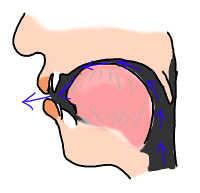 | This is a sound a little like an English "y" as in "yes". To pronounce it, you "glide" rapidly between a French 'i' vowel and the following vowel. (And on the end of a word, you pronounce it by going rapidly from the previous vowel to a French 'i' vowel.) Note the phonetic symbol [j] doesn't mean the sound at the start of "je" or "jean". | |
| o | 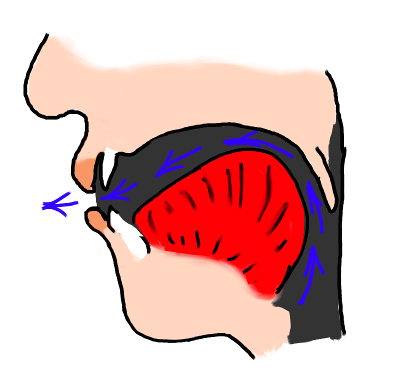 | The French 'close o' vowel is pronounced with the tongue far back in the mouth and with the back of the tongue raised up towards the soft palate (towards the back of the roof of the mouth). Holds the lips in a rounded, bunched position as you pronounce the vowel and avoid pronouncing it as a "glide" or diphthong. |